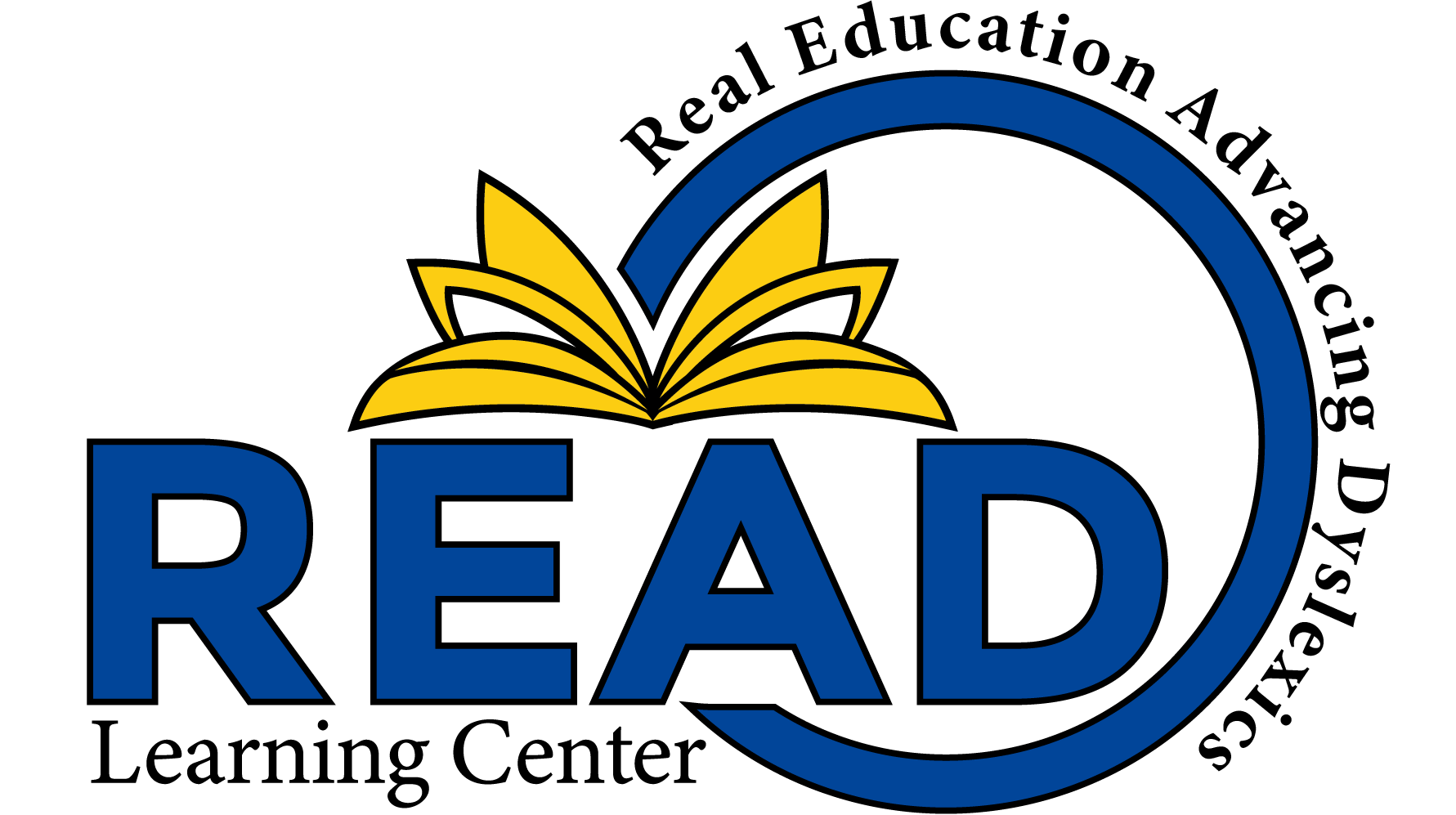When choosing a reading intervention method for students with dyslexia, educators and parents often find themselves at a crossroads between the Barton Reading System and the Orton-Gillingham approach. Both methods have proven track records, but understanding their unique characteristics is crucial for making an informed decision.
Table of Contents
The Foundation of Both Methods
The Orton-Gillingham approach, developed in the 1930s, pioneered multisensory reading instruction and laid the groundwork for many modern reading programs. Later, Susan Barton developed her system, building upon these time-tested principles while adding structured, systematic elements. Both approaches share essential characteristics: they employ multisensory learning experiences, provide systematic instruction, and emphasize phonological awareness.
Key Differences That Matter
The primary distinction between these methods lies in their implementation and training requirements. To become certified, the Orton-Gillingham approach demands intensive training – in lesson preparation and delivery – typically 60-70 hours plus supervised teaching practice. This comprehensive training enables educators to develop deep understanding and flexibility in their teaching approach.
The Barton System, by contrast, provides lessons with pre-packaged materials and offers a structured learning path through self-paced video training. Certification is available at the Beginning, Advanced, and Mastery levels. This accessibility makes it particularly attractive for those with limited time and resources to create individualized lessons.
Choosing the Right Method for Your Needs
Your choice between these methods should consider your teaching experience and available resources. Experienced educators often appreciate Orton-Gillingham’s flexibility, which allows them to customize their approach based on student needs. Others who teach reading frequently find the Barton System’s structured approach provides the support and confidence they need to implement instruction successfully.
Implementation and Results
Success with either method stems from consistent, systematic application. Both approaches have demonstrated significant improvements in student outcomes across several key areas:
Reading fluency and comprehension improve as students master phonological awareness and decoding skills. Spelling accuracy develops naturally through the systematic study of word patterns and structures. Perhaps most importantly, students build confidence as they experience success in their reading journey.
The Role of Professional Development
Continuous learning plays a vital role in the successful implementation of either method. Through ongoing training and practice, educators deepen their understanding of reading instruction principles and refine their teaching techniques. This commitment to professional growth directly impacts student success rates and learning outcomes.
Technology and Modern Adaptations
Both methods have evolved to incorporate modern teaching tools while maintaining their core principles. Digital resources, interactive materials, and progress monitoring tools complement traditional teaching methods, making instruction more engaging and effective for today’s learners.
Support Systems and Resources
Implementing either method successfully requires strong support systems. This includes access to teaching materials, opportunities for professional collaboration, and ongoing guidance from experienced practitioners. Having these supports in place significantly impacts the effectiveness of either approach.
Join Us on the Path to Success
At Read Learning Center, we’re committed to unlocking every student’s potential through effective reading instruction. Our experienced team can guide you in successfully implementing these proven methods.
Ready to see how we can help boost your students’ reading comprehension and overall academic confidence? Contact the Read Learning Center today. Call: (916) 234-5880 or Schedule a private tour today.
Experience how our 1:1 tutoring, training programs, and comprehensive support can make a difference in your child’s journey.
Remember, every student learns differently, and we embrace these differences at the Read Learning Center. Let’s work together to turn challenges into opportunities for growth and success!

